The Best Hearing Aids for Veterans in 2025
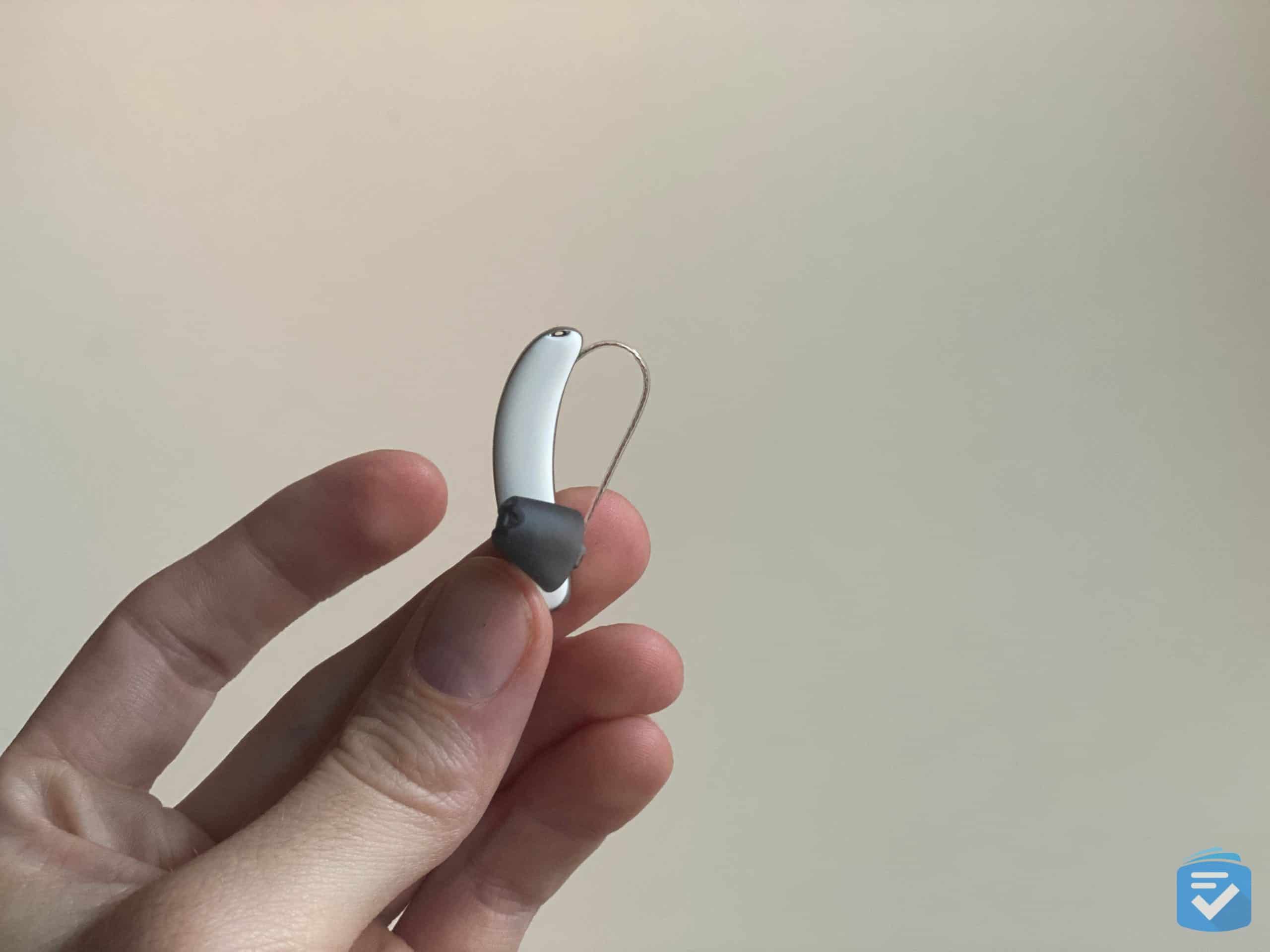
Through VA audiology clinics, veterans can receive prescription hearing aids at no cost, provided their hearing loss is connected to their service. While OTC hearing aids are not eligible for this coverage, we’ve found that several prescription hearing aid brands can provide exceptional solutions to veterans with hearing loss.
Across the board, Widex hearing aids provide stellar sound quality in a variety of hearing aid styles. Phonak excels when it comes to severe and profound hearing loss solutions, and Signia offers unique programs for tinnitus, a condition experienced by many veterans.
Hearing Aids for Veterans: Key Findings
- Veterans with service-connected hearing loss are eligible for hearing aids provided by the VA.
- While VA audiology clinics offer a wide range of prescription hearing aid brands, Widex, Phonak, and Signia are our top-rated options.
- As of 2025, OTC hearing aid brands are not eligible for VA coverage.
Pro Tip: Want to compare our top-rated hearing aid brands? Read our full guide to this year’s best hearing aids overall.
Our Methodology
When selecting the best hearing aids for veterans, we evaluated each brand based on the following:
- VA coverage and benefits: We focused on brands that are fully covered by VA benefits and have established relationships with VA audiologists.
- Tinnitus management: Since tinnitus affects up to 30 percent of veterans, we evaluated each device’s tinnitus therapy features.
- Noise reduction: We tested each device’s ability to handle sudden loud sounds and reduce background noise.
- Durability: Veterans often lead active lifestyles, so we assessed each device’s moisture resistance and overall build quality.
- Bluetooth connectivity: We evaluated each device’s ability to connect with smartphones and other devices for streaming and remote adjustments.
- Battery life: We tested both rechargeable and disposable battery options to ensure reliable performance.
Did You Know: Some hearing aids have dedicated programs to mask tinnitus symptoms. To learn more about these options, read our rundown of the best hearing aids for tinnitus.
Hearing Aid Brands Compared
|
Widex
 |
Phonak
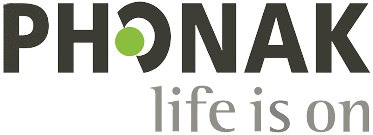 |
Signia
 |
|
|---|---|---|---|
| Rating out of 5 | 4.1 | 4.4 | 3.5 |
| VA Coverage | Full |
Full |
Full |
| Purchasing Options | VA clinic, private audiologist |
VA clinic, private audiologist |
VA clinic, Private audiologist |
| Standout Features | PureSound processing, Advanced noise reduction |
Roger technology, MultiBeam technology |
Own Voice Processing, tinnitus therapy |
| Smartphone App | Yes |
Yes |
Yes |
| Bluetooth Streaming | Yes |
Yes |
No |
| Read More | Widex Review | Phonak Review | Signia Review |
1. Widex - Best Overall for Noise Reduction
 View Pricing
Links to ZipHearing.com
View Pricing
Links to ZipHearing.com
What We Like Most:
- Exceptional noise reduction technology
- Advanced tinnitus management features
- Durable, moisture-resistant design
- Compatible with VA remote care services

Overview
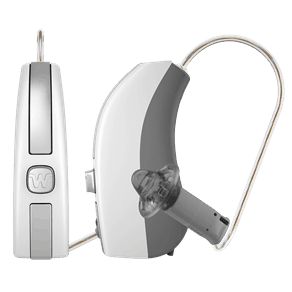
Cost Without VA Coverage: $2,000 to $7,000 per pair
In our extensive testing, Widex hearing aids consistently demonstrated superior performance in addressing the unique hearing challenges faced by veterans. Their Moment Sheer model, in particular, excelled at managing sudden loud noises while maintaining clear speech recognition, a crucial feature for veterans with noise-induced hearing loss.
The PureSound technology in Widex devices proved especially effective during our testing in challenging environments. When we tested these hearing aids at a busy cafe, they successfully filtered out background chatter while keeping important conversations clear and natural-sounding. This technology adapts quickly to different sound environments, making it easier for veterans to transition between quiet and noisy settings without manual adjustments.
>> Read more: The Best Hearing Aids for Active Users
What particularly impressed us was Widex’s ZeroDelay technology, which processes sounds in record time. During our tests, this resulted in more natural sound quality and better spatial awareness – crucial features for veterans who need to stay alert to their surroundings. The tinnitus management features also proved highly effective, offering multiple sound therapy options that our veteran testers found soothing and helpful.
The Widex Moment app provides straightforward control over hearing aid settings, and we found it particularly user-friendly for those who might not be tech-savvy. Veterans can easily create and save programs for different environments, from quiet home settings to noisy outdoor spaces.
To learn more about the different devices from Widex, read our full Widex hearing aids review.
Pros
- Superior handling of sudden loud noises
- Excellent tinnitus management features
- Robust build quality for active lifestyles
- User-friendly smartphone app
- Full VA coverage and support
Cons
- Higher price point for non-VA eligible users
- May require multiple fitting appointments for optimal results
2. Phonak - Best for Discreet Wear
 View Pricing
Links to ZipHearing.com
View Pricing
Links to ZipHearing.com
What We Like Most:
- Advanced Roger compatibility
- Useful smartphone app
- Extensive connectivity options
- Robust remote care capabilities

Overview
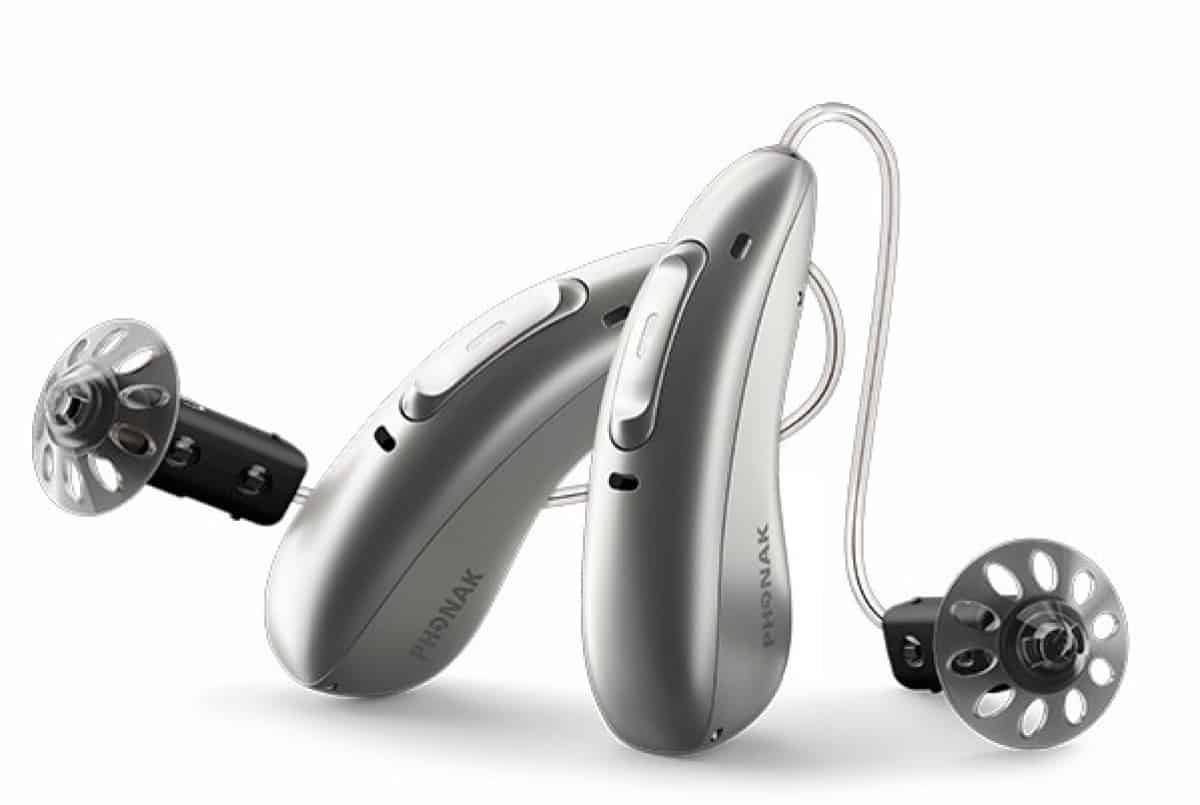
Cost Without VA Coverage: $3,000 to $6,000 per pair
Phonak’s Audéo R Infinio emerged as our top choice for veterans with severe hearing loss, particularly those who struggle with speech comprehension in noisy environments. During our testing, the integration of Roger technology proved invaluable for veterans who need additional help in challenging listening situations.
>> Read more: The Best Bluetooth Hearing Aids
One standout feature we discovered during testing was AutoSense OS 5.0, which automatically adapts to different sound environments. When we tested these hearing aids in various settings, they smoothly adapted without requiring manual intervention. The MultiBeam technology – essentially external microphones – proved especially effective in group conversations. Specifically, it enabled veterans to focus on speakers from any direction.
Battery life exceeded our expectations, with the rechargeable models lasting up to 24 hours on a single charge, even with heavy streaming use, which is roughly average for rechargeable hearing aids. This would be particularly valuable for veterans who rely on their devices throughout the day. Many Phonak models also include a portable charging case, allowing you to recharge your devices on the go.
The myPhonak app offered one of the most comprehensive remote adjustment capabilities we’ve tested. Veterans can easily connect with their VA audiologists for remote fine-tuning, saving trips to the clinic for minor adjustments.
To learn more about the various models and features of this brand, read our full Phonak hearing aids review.
Pros
- Superior performance for severe hearing loss
- Excellent speech clarity in noise
- Long battery life
- Comprehensive remote care options
- Full VA coverage
Cons
- Complex features may require longer adjustment periods
- Premium pricing for non-VA eligible users
Pro Tip: Want to learn more about Oticon’s unique features and pricing? Read our latest Oticon Hearing Aid Cost and Pricing article.
3. Signia - Best Budget Option
 View Pricing
Links to ZipHearing.com
View Pricing
Links to ZipHearing.com
What We Like Most:
- Sophisticated tinnitus therapy options
- Own Voice Processing technology
- Powerful directional microphones
- Durable design for active lifestyles

Overview
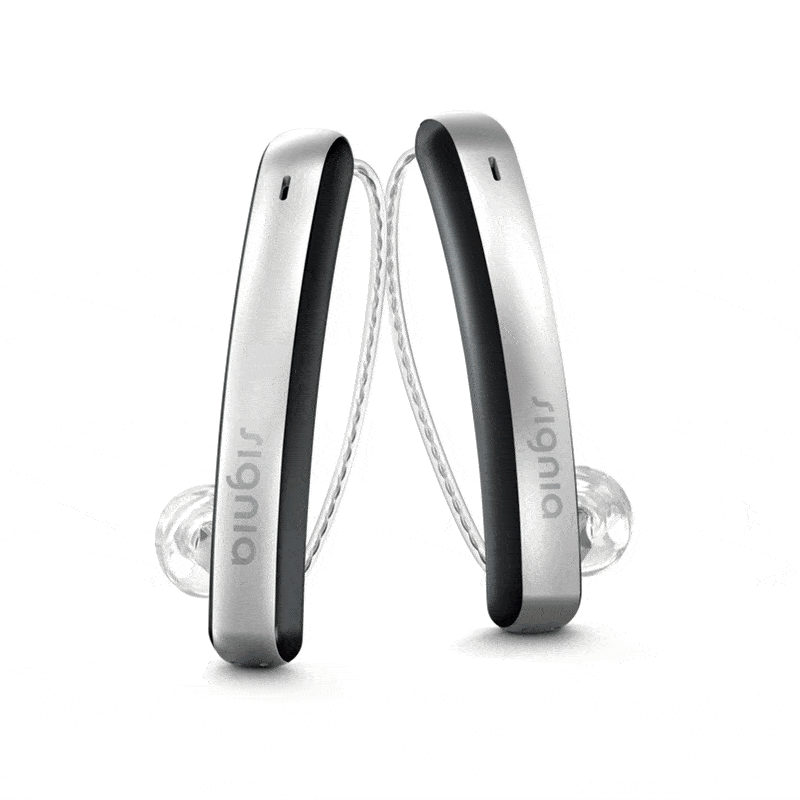
Cost Without VA Coverage: $2,000 to $6,000 per pair
Our testing revealed Signia hearing aids to be particularly effective for veterans struggling with tinnitus, a common service-connected condition. The Signia Pure Charge&Go AX stood out with its comprehensive suite of tinnitus management features, including customizable sound therapy options that our veteran testers found extremely beneficial.
During our evaluation, Signia’s Own Voice Processing (OVP) technology proved exceptional. Our testers reported that their voice sounded more natural compared to other hearing aids they’d tried, which is not often the case with hearing aids. Features like this can help ensure that a person actually wants to wear their devices rather than letting them sit in a drawer.
FYI: When trying on a pair of hearing aids, it’s important to consider comfort level. One study found that 20 percent of adults who own hearing aids don’t ever wear them, rendering the hearing aids useless.
Our Signia Styletto hearing aids performed admirably in our background noise tests. When we tested them in various environmental conditions, from quiet indoor spaces to noisy outdoor environments, they consistently delivered clear sound while effectively managing background noise. The directional microphone system was particularly impressive in helping veterans focus on conversations in challenging listening environments.
We found the Signia app to be highly intuitive. It offers easy access to tinnitus therapy sounds and program adjustments. The app also integrates well with VA telehealth services, allowing for remote adjustments when needed.
To learn more about our experience with Signia hearing aids, read our full Signia review.
Pros
- Good noise reduction at an affordable price
- Effective directional microphones
- User-friendly app interface
- Bluetooth streaming capability
- Excellent value for money
Cons
- Less automatic adaptation
- Basic app features
- May require more manual adjustments
Honorable Mentions
- Jabra Enhance: Jabra Enhance offers high-quality OTC hearing aids that could be a good option for veterans with mild-to-moderate hearing loss. Their remote care model and straightforward pricing make them an accessible alternative. To learn more about their devices and services, read our full Jabra Enhance review.
- Eargo: For veterans seeking a discreet solution outside of VA coverage, Eargo’s completely in-canal devices are nearly invisible when worn. While these hearing aids don’t support Bluetooth streaming of music, they’re ideal for those seeking one of the smallest hearing aids around. Read our Eargo reviews to learn more.
- MDHearing: As a budget-friendly alternative, MDHearing offers basic devices at significantly lower prices than premium brands, starting at $297 for a pair. Read our MDHearing hearing aid review to see how these devices perform.
How Veterans Can Get Free Hearing Aids
Many veterans can receive non-OTC hearing aids at no cost through the VA health care system. To qualify for this benefit, veterans typically need:
- An honorable discharge
- A service-connected hearing disability
- Enrollment in VA health benefits
- A hearing evaluation by a VA audiologist
The key eligibility component here is service-connected hearing loss. Unless your hearing loss is directly tied to your military service, you may not qualify for this coverage.
The VA hearing health coverage will generally include an initial evaluation, custom fitting of hearing aids, regular maintenance of the hearing aids, replacement batteries and equipment, and follow-up care and support.
- Initial hearing evaluation
- Custom fitting of hearing aids
- Regular maintenance and adjustments
- Replacement batteries or charging equipment
- Follow-up care and support
Understanding VA Hearing Aid Benefits
Veterans’ access to hearing aids through the VA depends on several factors, including priority group status. Here’s what our experience helping veterans navigate these benefits has taught us:
Service-Connected Hearing Loss
If your hearing loss is connected to your military service, you’re eligible for:
- Complete coverage of hearing aids and accessories
- Regular maintenance and repairs
- Replacement devices when necessary
- Ongoing audiological care
- Access to specialized tinnitus treatment
Non-Service-Connected Hearing Loss
Veterans with non-service-connected hearing loss may still qualify for benefits if they:
- Have a combined disability rating of 50 percent or more
- Have hearing loss that impacts their service-connected conditions
- Qualify based on their priority group status
- Meet specific income requirements
Priority Groups and Coverage
The VA uses a priority group system (1-8) to determine health care benefits. In our experience:
- Priority groups 1 to 5 typically receive full hearing aid coverage
- Groups 6 to 8 may receive coverage based on specific criteria
- Veterans with Purple Hearts or former POWs receive priority coverage
How to Get Hearing Aids Through the VA
If you’re a veteran and you think you need hearing aids, here’s what you should do:
- Enroll in VA Health Care: If not already enrolled, veterans can apply online, via mail, or at their local VA facility.
- Schedule a Hearing Evaluation: Request an appointment with a VA audiologist.
- Complete the Evaluation: The audiologist will assess hearing loss and determine eligibility.
- Get Fitted for Hearing Aids: If approved, the audiologist will help select and fit appropriate devices.
- Receive Follow-Up Care: Regular appointments ensure optimal performance and fit.
VA Benefits and OTC Hearing Aids
While VA audiology clinics generally have access to a variety of hearing aid brands, they will not prescribe OTC hearing aids, and VA benefits will not cover these devices. Because of this, we would only recommend OTC hearing aids for veterans who do not qualify for VA coverage.
>> Read more: The Best Affordable Hearing Aids
Bottom Line
Through our extensive testing and experience working with veterans, we’ve found that the VA provides comprehensive hearing health care that exceeds many private insurance plans, which generally only cover a portion of hearing health costs. While the process may take time, the quality of care and devices available through VA benefits makes it well worth pursuing for eligible veterans.
The key to success is understanding your benefits and working closely with VA audiologists to find the right solution for your specific needs. Whether you choose Widex, Phonak, Signia, or another VA-approved brand, you’ll receive high-quality devices and ongoing support to help manage your hearing loss effectively.
Frequently Asked Questions
-
Can I choose which brand of hearing aid I receive through the VA?
While brand choices are limited, VA audiologists consider your specific needs and preferences when selecting devices. They have access to all major brands we’ve reviewed and will recommend the most appropriate option for your situation.
-
What happens if my VA hearing aids need repairs?
The VA provides comprehensive repair services at no cost. During repairs, they often provide loaner devices to ensure you’re not left without hearing assistance.
-
Do VA benefits cover hearing aid batteries?
Yes, the VA provides both disposable batteries and charging equipment for rechargeable devices at no cost to eligible veterans.
-
Can I use my VA benefits to see a private audiologist?
Through the Community Care program, veterans may be eligible to see private audiologists if they meet certain criteria, such as living too far from a VA facility or living near VA facilities with extremely long wait times.
-
How often can I get new hearing aids through the VA?
The VA typically provides new hearing aids every three to five years, or sooner if your hearing significantly changes or if your current devices can’t be adequately repaired.
-
Does the VA cover OTC hearing aids?
Currently, the VA does not typically cover OTC hearing aids. We recommend working with VA audiologists to access fully covered prescribed hearing aids.
